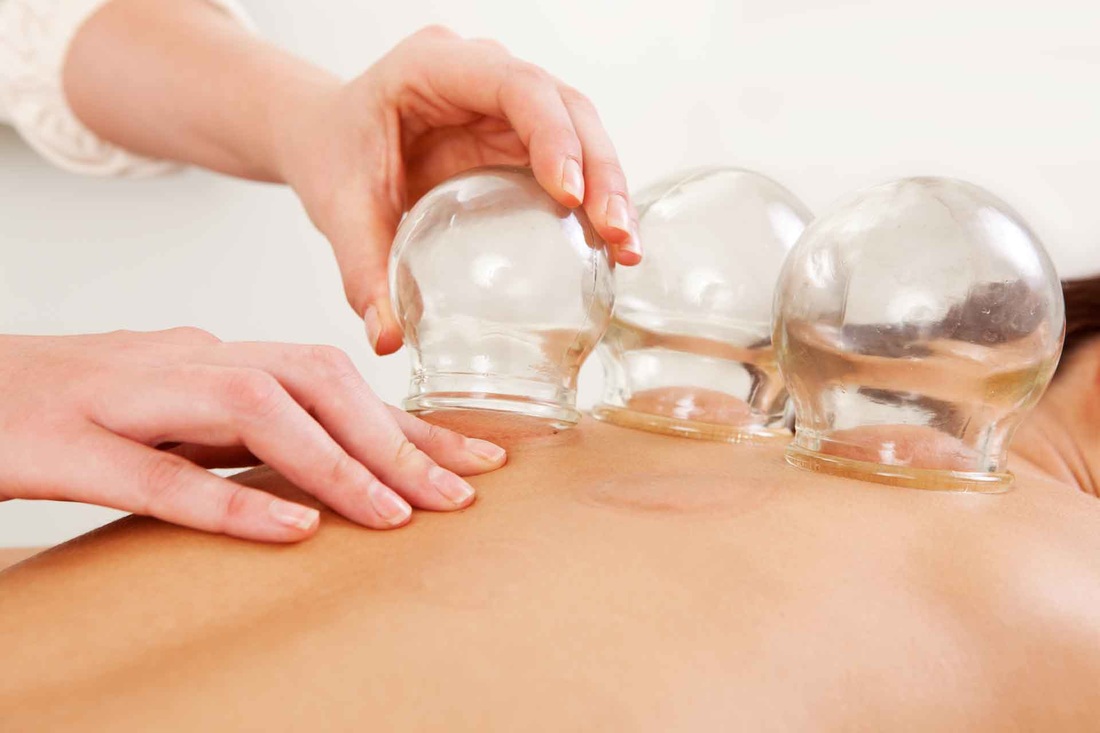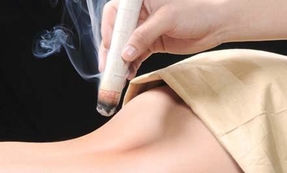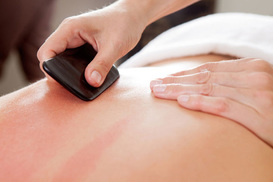Chinese Medicine
Traditional Chinese medicine (TCM) originated in Ancient China and evolved over thousands of years. TCM practitioners use acupuncture, herbal medicine, and various mind and body practices, such as Qi-gong (energy practice), to treat or prevent health problems. In the United States, people use TCM primarily as a complementary health approach.
Read more about TCM from National Center for Contemporary and Integrated health...
Read more about TCM from National Center for Contemporary and Integrated health...



